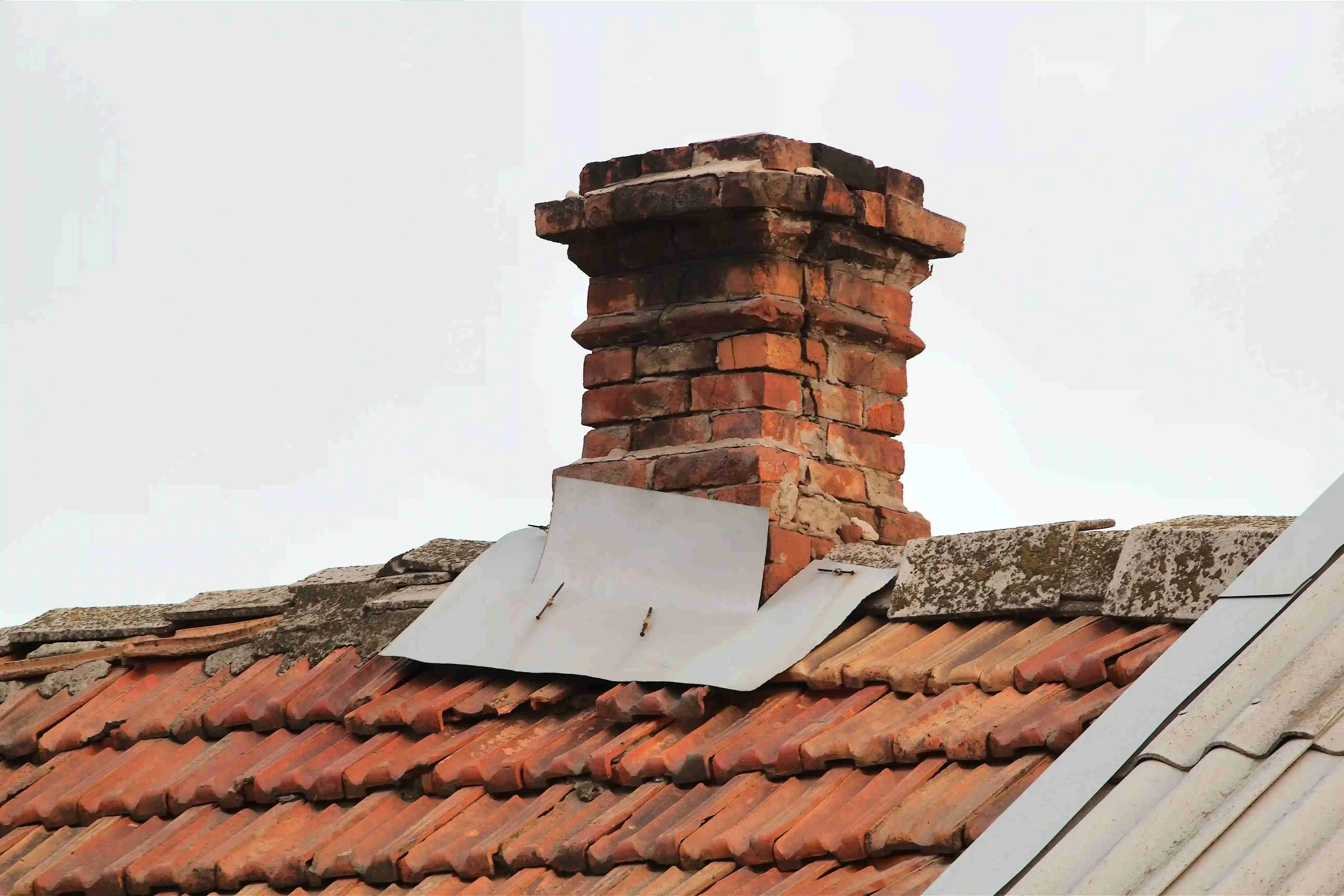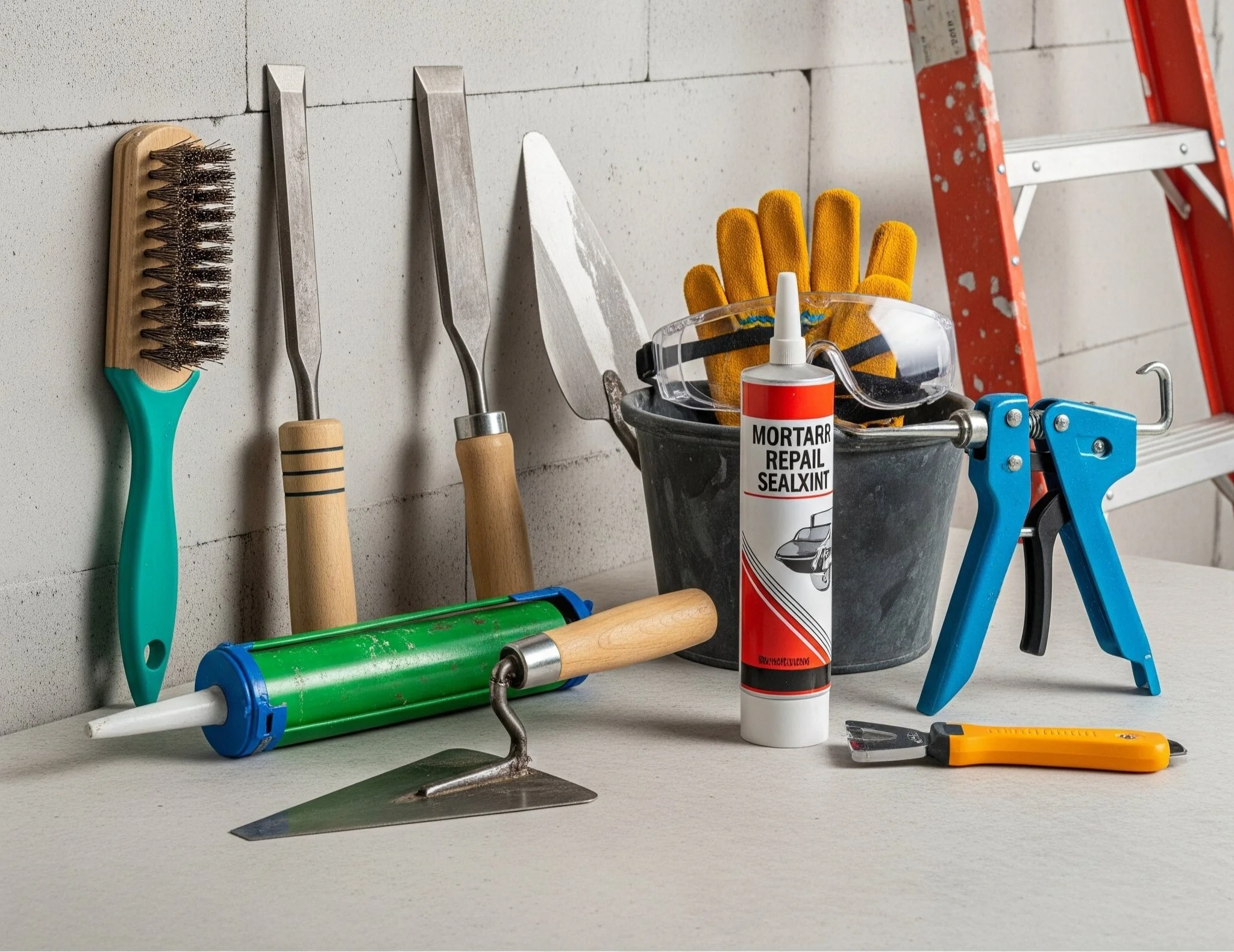How to Fill Masonry Cracks in Your Brick Chimney (Ocean County Homeowner’s Guide)
Brick chimneys are built to last, but they’re not immune to wear and tear—especially in areas like Ocean County, New Jersey, where the weather can be unpredictable. Over time, masonry cracks can develop in the bricks and mortar joints, affecting not just the appearance of your chimney but also its safety and performance.
If left unaddressed, these cracks can lead to moisture damage, structural instability, and even fire hazards. Whether you're a homeowner looking to handle small repairs yourself or researching when it's time to call a professional, this guide will walk you through how to identify, fill, and prevent chimney masonry cracks.
Why Brick Chimneys Crack Over Time
Brick and mortar are durable, but they expand and contract with changes in temperature. In a place like Ocean County, this freeze-thaw cycle happens frequently in the colder months. Water can seep into small cracks, freeze, expand, and make those cracks worse.
Beyond weather, your chimney may be affected by:
Improper drainage from gutters
Poor chimney crown construction
Settlement of your home's foundation
Lack of routine maintenance
Each of these factors puts stress on your chimney’s structure, which eventually shows up as visible cracks.
Different Types of Chimney Cracks
(And What They Mean)
Understanding the type of crack in your chimney can help you determine whether it's a quick fix—or a sign of something more serious.
1. Hairline Cracks in Mortar
These are small surface cracks that usually result from aging. They’re not urgent but should be filled to prevent water intrusion.
2. Mortar Joint Gaps
Mortar can loosen and fall out due to weather or movement. Repointing is necessary to restore the bond between bricks.
3. Chimney Crown Cracks
The crown is the concrete slab on top of your chimney. Cracks here allow water to enter the flue and brickwork. These should be sealed with a specialized crown coat material.
4. Flue Liner Cracks
These are internal cracks that pose serious fire risks. A professional inspection is recommended if you suspect liner damage.
5. Spalling Bricks
Spalling occurs when the surface of bricks flakes off. It’s a clear sign of water damage and calls for immediate repair or brick replacement.
Tools and Materials You’ll Need
If you’re tackling small chimney cracks yourself, you’ll want to be prepared. The tools are fairly basic, and the materials are affordable.
Common tools and supplies include:
Wire brush
Masonry chisel
Pointing trowel
Caulking gun
Mortar repair sealant or premixed mortar
Safety gloves, goggles, and ladder
Always check the weather before you begin. Avoid doing masonry work in freezing temperatures or heavy rain, as this will affect how materials cure.
Step-by-Step Guide: How to Fill Chimney Cracks
Here’s a simple and safe way to address minor chimney masonry cracks:
Step 1: Clean the Area
Use a wire brush to scrub away any dirt, moss, or crumbling mortar around the crack. If needed, use a chisel to remove loose material.
Step 2: Prepare the Mortar or Sealant
For hairline cracks, a tube of masonry repair caulk may be enough. For larger gaps, mix a batch of mortar, matching the original color if possible.
Step 3: Fill the Crack
Apply the sealant or mortar using a pointing trowel or caulking gun. Press it firmly into the gap and smooth the surface. Be sure to overfill slightly, as the material may shrink while curing.
Step 4: Allow Proper Curing
Mortar needs time to set. Avoid using your fireplace or exposing the chimney to moisture for at least 24 to 48 hours.
Step 5: Apply a Waterproof Coating
Once the repair is fully cured, apply a breathable masonry water repellent to protect the area from future moisture penetration.
Don’t Overlook Chimney Flashing and Gutters
Many chimney cracks are the result of poor water management, not just aging materials.
If your gutters are clogged or improperly pitched, water may run down the sides of your chimney, leading to moisture damage. In addition:
Check your chimney flashing, which seals the joint between the roof and chimney. If it's deteriorated, replace or reseal it.
Consider installing a chimney cricket—a small roof structure that directs water away from the chimney base.
Maintaining clean, functional gutters and intact flashing will go a long way toward preventing chimney cracks.
When to Call a Professional Chimney
Repair Specialist
Some chimney repairs are best left to professionals—especially if you’re dealing with:
Cracks wider than ¼ inch
Horizontal or stair-step cracks (which may indicate structural movement)
Loose or leaning chimneys
Cracks inside the flue liner
Signs of water leaks or brick deterioration inside the home
Professional chimney masons are trained to diagnose and repair more serious issues safely and effectively. A local contractor familiar with Ocean County’s weather and building codes will ensure your repair is done correctly and up to code.
How to Prevent Future Masonry Cracks
Prevention is easier—and cheaper—than repair. Here are a few steps you can take to protect your chimney year-round:
Schedule annual chimney inspections and sweeps
Seal the chimney crown every few years
Clean and inspect gutters at least twice a year
Look for signs of moisture damage after heavy storms
Avoid using deicing salts on rooftops near the chimney
If your chimney is older or hasn’t been maintained recently, a professional evaluation is a smart move.
Why This Matters: Safety, Value, and Peace of Mind
A cracked chimney isn’t just a cosmetic issue—it’s a matter of safety. Unchecked masonry damage can lead to smoke leakage, fire risks, and costly structural problems.
More importantly, a well-maintained chimney adds to your home’s overall durability and value. Whether you plan to stay long-term or sell your home one day, proactive masonry care is a wise investment.
Trusted Help in Ocean County: NJ Gold Star Construction
When it comes to chimney masonry repairs in Ocean County, NJ Gold Star Construction stands out as a trusted, experienced provider.
Our team specializes in identifying, repairing, and preventing masonry damage—whether it’s a small mortar crack or a full chimney rebuild. We understand local building codes, weather patterns, and the importance of doing the job right the first time.
With a reputation for honesty, quality workmanship, and customer-first service, NJ Gold Star Construction is proud to be the name Ocean County homeowners rely on.
Ready for a chimney inspection or masonry repair estimate? Contact NJ Gold Star Construction today and protect your home with confidence.
Final Thoughts
Filling chimney masonry cracks might seem like a minor task, but it plays a major role in protecting your home. With the right knowledge, tools, and help from seasoned professionals like NJ Gold Star Construction, you can keep your chimney—and your home—safe for years to come.





